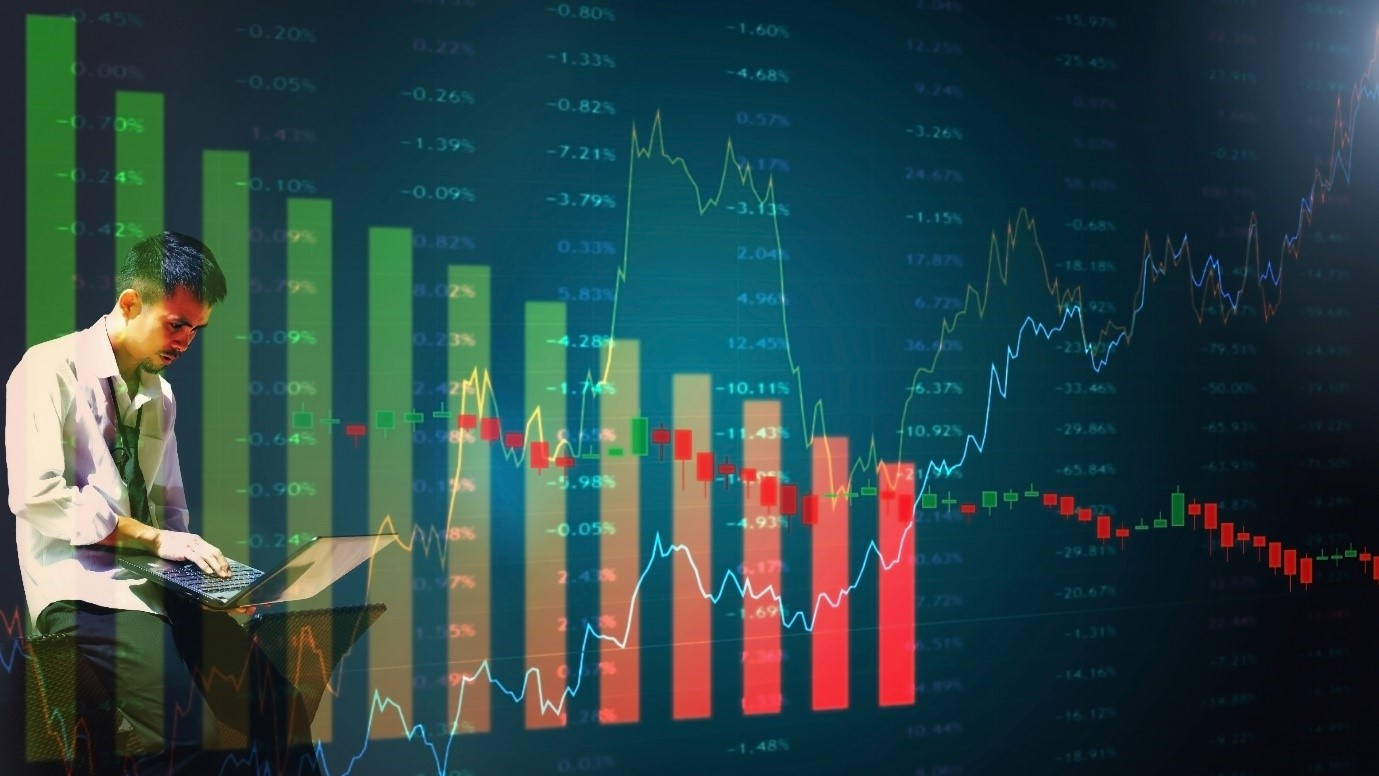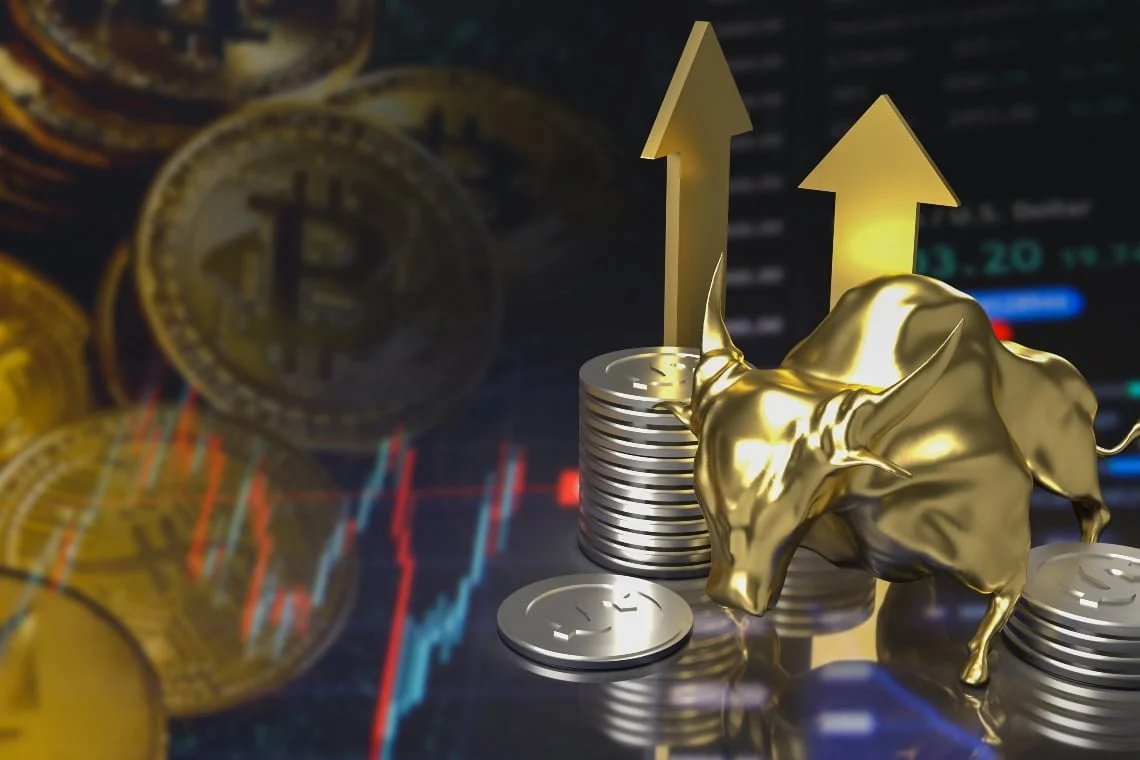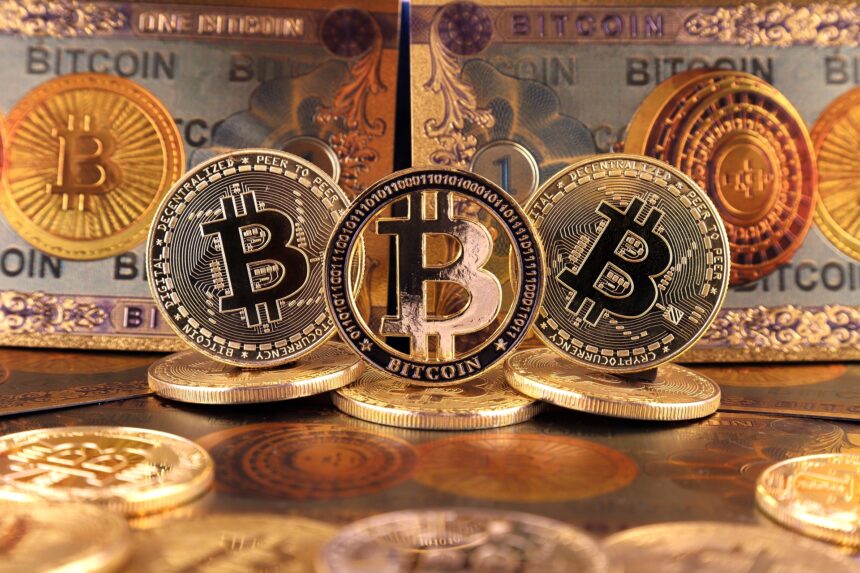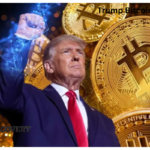Bitcoin Tariffs Liberation Day, XRP, and Solana (SOL) soared alongside U.S. equity futures ahead of former President Donald Trump’s suggested “Tariffs Liberation Day,” a legislative move to lower import taxes to boost economic growth. The Cryptocurrency Market is riding a wave of optimistic energy. XRP and SOL rose 12% and 15%, respectively; Bitcoin skyrocketed 8% to $74,200, its highest level since March 2024. Rising 0.8% as investors hope for pro-growth policies relieving stagflation concerns reflects advances in S&P 500 and Nasdaq futures. This paper investigates whether the rally has stayed strong, evaluates crypto’s function as a political hedge, and breaks down how Trump’s tariff plans drive cross-asset confidence.
Tariffs Liberation Day
Declared “Tariffs Liberation Day,” Trump’s campaign revealed intentions for a September 2024 executive order unilaterally lowering or eradicating over 1,200 import taxes on Chinese commodities, technology, and raw materials. The plan, designed to lower inflation and increase consumer spending, has excited markets.
Economic Impact

According to analysts, tariff reductions might result in 0.5–1.2% lower U.S. consumer prices per JPMorgan. On imports, Apple, Tesla, and Walmart stand to save $45B yearly.
Crypto Link
Messari dubbed Bitcoin the anti-tariff asset. It is increasingly seen as a hedge against policy instability. Horizon Investments CEO Scott Ladner said that tariff cuts point to a pro-business, anti-inflation agenda. For risk-on assets like tech stocks and cryptocurrencies, that’s rocket fuel.
Bitcoin’s Rise
The breakthrough of Bitcoin, which is above $74,000, demonstrates its dual function as a political bet and macro safe haven. Lead by BlackRock’s IBIT, institutional inflows of U.S. spot Bitcoin ETFs added 14,200 BTC ($1.05B) this week. Pro-Crypto Stance of Trump Resonating with libertarian-leaning Bitcoin holders, the candidate lately promised to “end the war on crypto” and prevent CBDCs. Dollar Weaknesses The DXY index dropped 1.2% in response to tariff cut forecasts, therefore increasing dollar-denominated assets, including Bitcoin. Decorative data, however, points at overheating. With a funding rate of 0.09% (annualized 32%), Bitcoin shows too much leverage. “This is a ‘buy the rumor’ rally,” cautioned QCP Capital analysts. “Tariffs won’t go down overnight.”
XRP and SOL
While macro trends help Bitcoin, XRP and Solana’s increases come from catalysts particular to ecosystems:The Legal and Banking Innovations of XRPPotential lifting of XRP’s $0.55 obstacle comes from SEC Settlement Hopes Ripple CEO Brad Garlinghouse hinted at a “resolution” to its 3-year lawsuit by October.Using a U.S. trust charter, Banking License Bid Ripple could be able to hold XRP for institutions. Based on RippleNet data, the cross-border surge in XRP-powered remittances between Japan and Mexico in July totaled $900 million.
Firedancer Improvement Solana’s new validator client attracted institutional validators by slashing transaction failures to 2% (from 35% in 2023). Trump Meme coins Mania Politically charged tokens like MAGA (ERC-20) and Trump (Solana-based) have pumped 600%+ since July 1, increasing SOL’s utility demand. Processing $12B in Q2, Solana became Visa’s recommended blockchain for USDC settlements.
Equity-Crypto Correlation

The equity-crypto correlation is the interaction between cryptocurrency and conventional equity markets (stocks). This correlation gauges how closely significant stock indices like the S&P 500 or Nasdaq line the price swings of crypto assets, including Bitcoin and Ethereum. High correlation indicates that crypto values follow stocks, often driven by macroeconomic elements like interest rates, inflation, and investor attitude. A low or negative correlation indicates that crypto acts independently, functioning as an uncorrelated asset or a hedge during market declines.
Liquidity Conditions
According to Goldman Sachs, tariff reduction might generate $200 billion+ in consumer savings, generating spillover demand for speculative assets. From 0.18 in 2023, Bitcoin’s 90-day correlation with the S&P 500 has grown to 0.62 (1 = perfect sync).
Fed Policy
Reduced tariffs would allow the Fed to lower rates earlier. Based on CME FedWatch, markets now price a 78% chance of a September rate cut. Falling yields usually help zero-yield cryptocurrencies. Relapse of Trade War: China vowed reprisals should Trump act unilaterally.
Conclusion
Particularly when Bitcoin (BTC), XRP, and Solana (SOL) increase ahead of Tariffs Liberation Day—an event connected to fiscal policy and global trade—this remark emphasizes the increasing relevance of cryptocurrencies in the political and economic scene. According to the rally, crypto is now a popular financial tool impacted by government policies, laws, and elections rather than only a niche asset for IT aficionados.
Like conventional financial markets, digital assets today answer to macroeconomic policies, including trade tariffs, taxation, and monetary policies, therefore reflecting the emergence of a political asset class. The movement shows that investors view political changes—particularly those supporting institutional adoption and crypto regulation—as long-term drivers of development. The 2024 U.S. presidential elections are looking to be more than just a fight between Republicans and Democrats as Trump and Biden vie for the crypto ballot.










